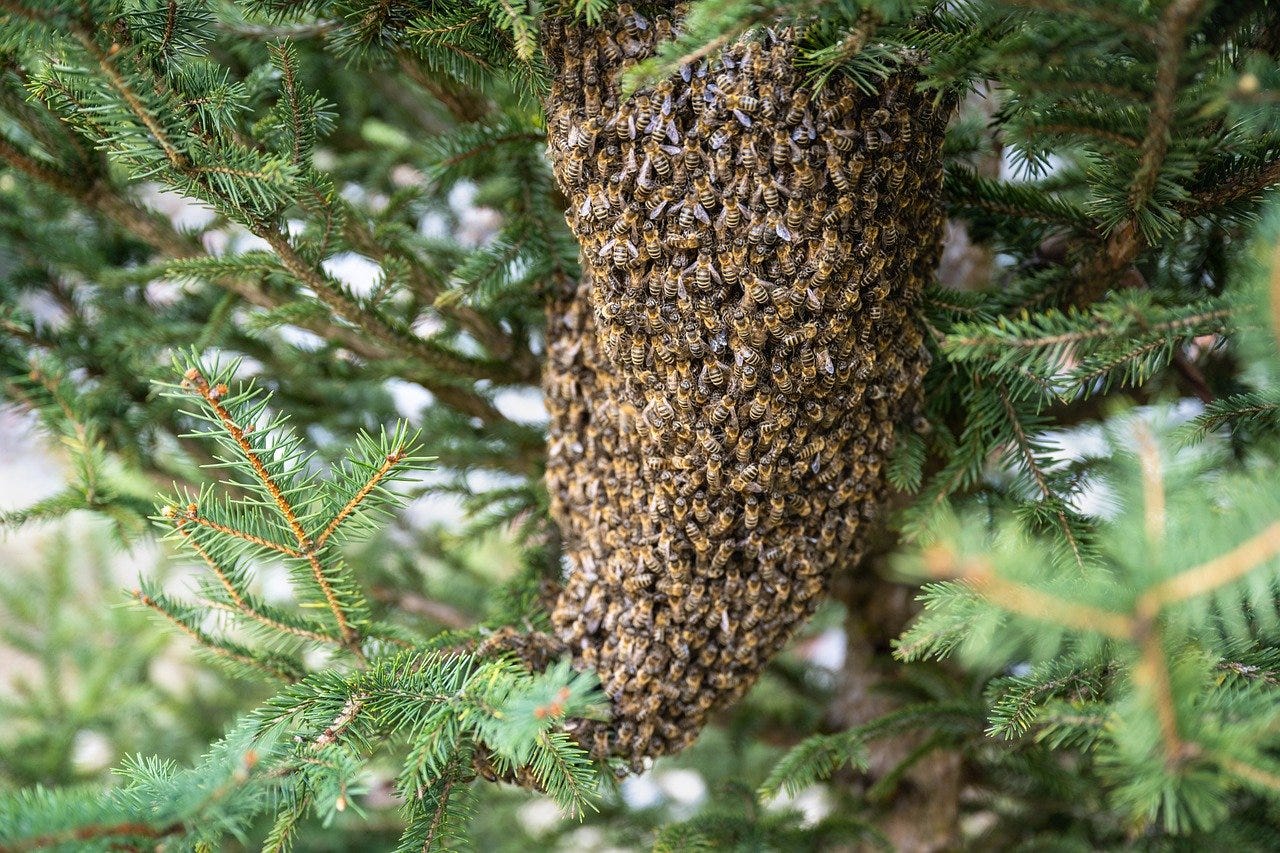
How did evolution take a large number of organisms built for solitary life and forge them into a single vehicle of gene survival?
- Tom Seeley, 1989
When I first started to investigate the history of the honeybee almost a decade ago, I found a book in the library simply called ‘Bee’. It was part of a series looking into the history and culture of a variety of animals ranging from the Ant, Snake, Rat, Bear, and Parrot. This one was written by Claire Preston, currently a professor at Queen Mary University of London in the Renaissance Literature department.
Preston started her book with a very perceptive comment:
“The proverb goes una apis, nulla apis – one bee is no bee – and so this book is misnamed.”
This isn’t the case for all bees of course. There are over 20,000 species of bees in the world, and many are solitary. However, honeybees, the focus for my research on Honeybee Histories, are social insects. They form a colony with a single Queen Bee providing unity and reproduction, worker bees to care for the young, to keep the hive clean, and to guard or forage, and drone bees (the males) who’s main job is to fly with other drones until a virgin queen bee procreates with it whilst in flight. One honeybee, alone, cannot exist. It will die and it cannot reproduce.
That at least, is the story we generally tell of honeybees. But is it the right story? Scientists are increasingly seeing something else in their studies of honeybees, which at first seems odd to us, but upon reflection might make a lot of sense. They are arguing that there is simply no such thing as a single honeybee, that what we consider to be individual insects should, more appropriately, be described as a cell in something called a ‘superorganism’.



